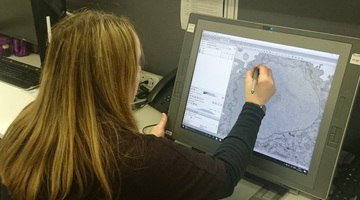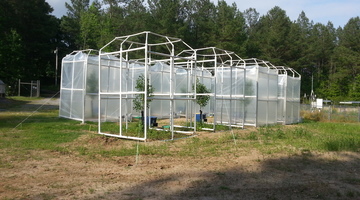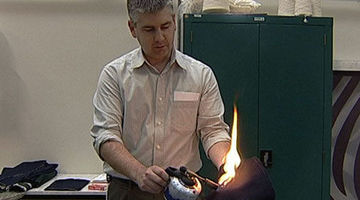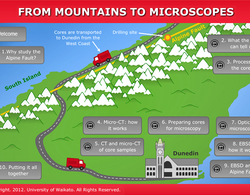

Microbiology started with Dutch scientist Antonie van Leeuwenhoek in 1676. Microbiology is the study of microorganisms and includes the fields of bacteriology, virology and mycology. Van ...
READ MORE

Astronomers studying space have two big problems: A lot of things in space seem invisible – they do not give out light we can see. Scientists cannot leave the Earth to go and collect pieces of ...
READ MORE

Scientists at Victoria University of Wellington are making new shapes of nanoparticles. These will help reduce poisonous emissions from car exhausts by making catalytic converters in cars more ...
READ MORE

In this activity, students collect and record data and use it to create 2D and 3D images of an unseen surface. They will then understand some of the processes involved in mapping the unknown. By ...
READ MORE

The light of the electromagnetic spectrum is the key to finding out about space without leaving Earth. Using a telescope to study the different wavelengths of light given off by an object in ...
READ MORE

In this activity, students discuss the importance of observation in science. They are given the opportunity to observe harakeke and record their observations. It is important to seek knowledge ...
READ MORE

In this online citizen science (OCS) project, participants analyse electron microscope images taken of a range of biological samples, helping scientists better understand cancer, infectious ...
READ MORE

By comparing some features of fossilised plants with the same features of plants living today, scientists hope to be able to learn more about the effect of changing carbon dioxide (CO2) levels in ...
READ MORE

The Science Learning Hub has lots of resources for primary teachers related to the night sky in the Planet Earth and Beyond strand of the New Zealand Curriculum. The night sky is fascinating to ...
READ MORE

When well managed, class discussion can help students examine, evaluate and share knowledge about a subject, providing opportunities for students to think critically and creatively, consider ...
READ MORE

In this unit, students will consider the performance properties of new stab and flame-resistant fabric and design protective wear for new market opportunities. Purpose To investigate the ...
READ MORE
Dr Melanie Johnston-Hollitt, from Victoria University of Wellington, describes what black holes are. She also explains the importance to radio astronomers of black holes at the centres of galaxy ...
READ MORE
Dr Richard Tilley of Victoria University of Wellington explains what catalytic converters are and the role of catalysts. He also outlines why different shapes of nanoparticles are useful.
READ MORE
Prof Richard Haverkamp, of Massey University, explains why the small size of some nanoparticles helps them become good catalysts.
READ MORE

Astronomers use telescopes that detect radiation from different parts of the electromagnetic spectrum. This interactive explains which part of the spectrum various telescopes are able to view and ...
READ MORE

Test your knowledge of telescopes with this quiz.
READ MORE

In this interactive follow a core sample as it makes its journey from the Alpine Fault to microscopic examination. Click on the labels for more information. Select here to view the full ...
READ MORE